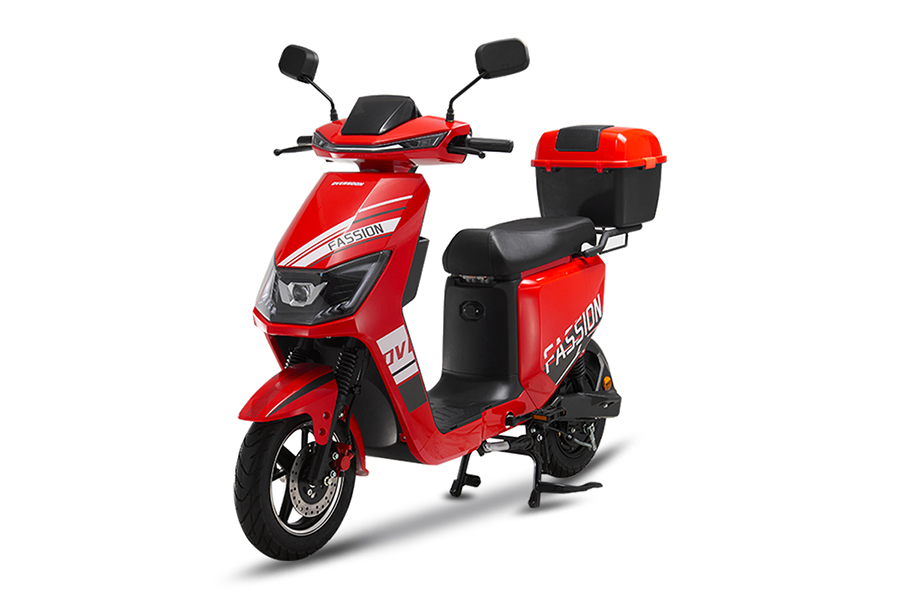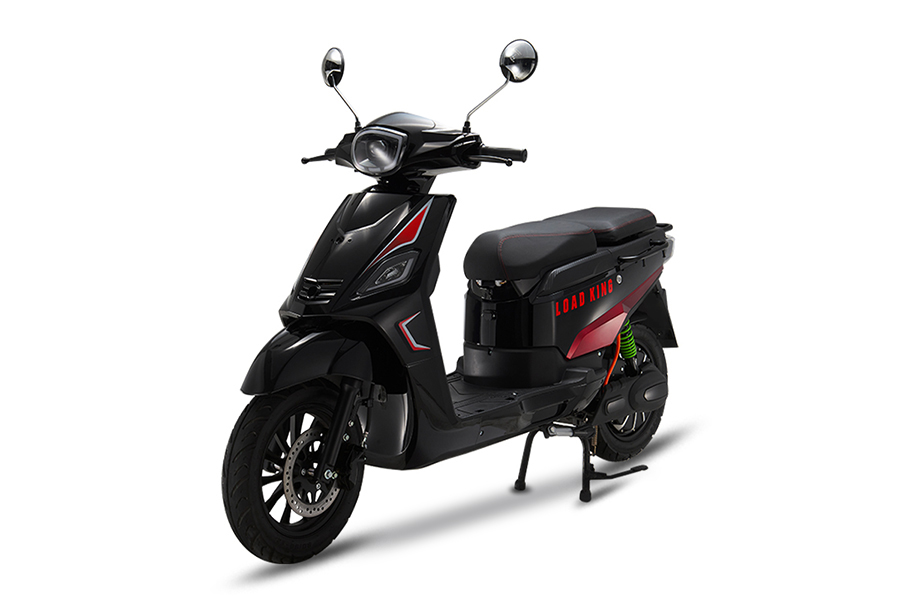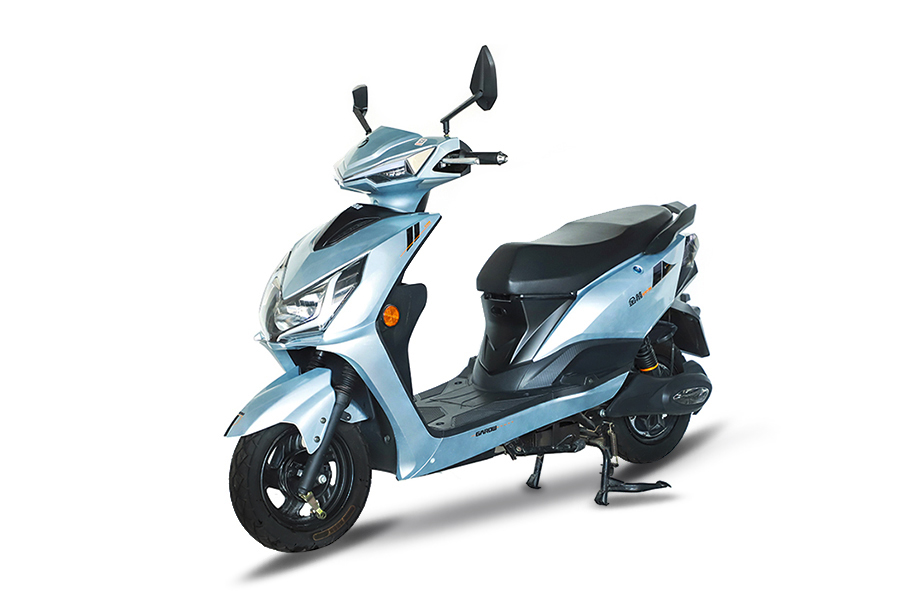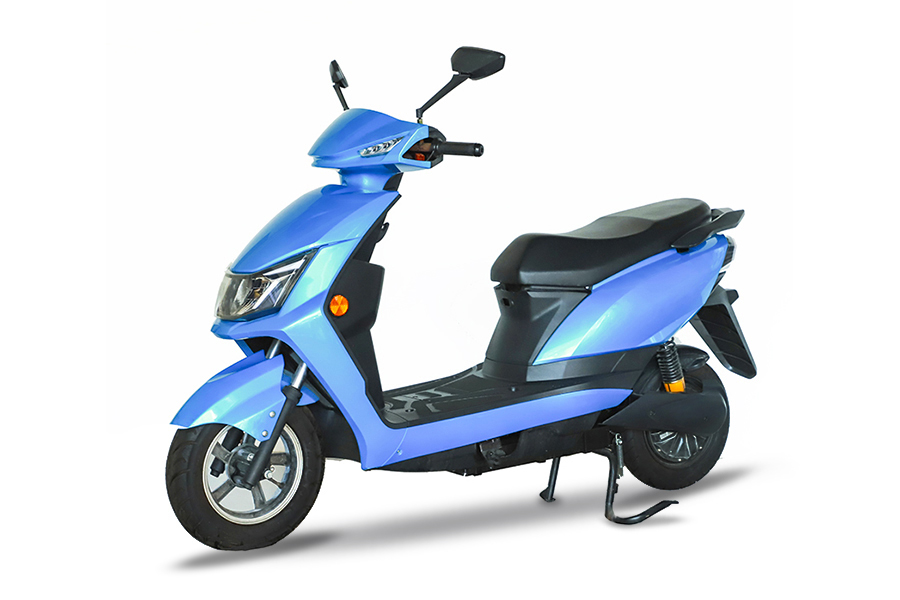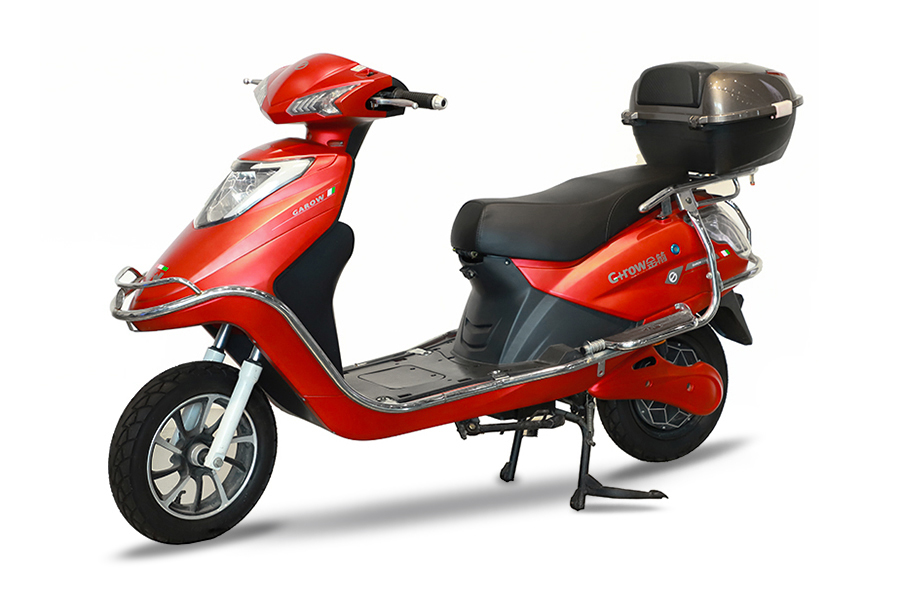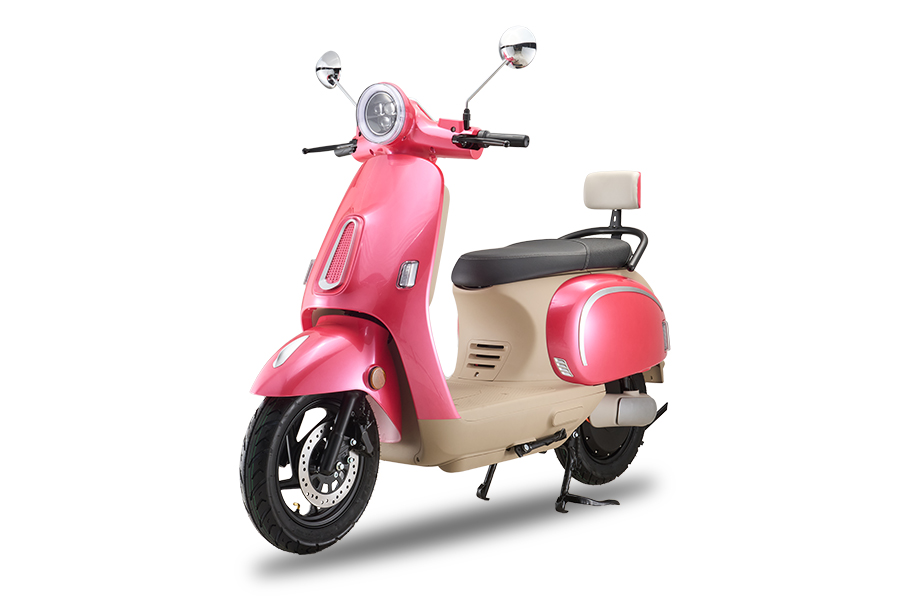In recent years, Electric Mopeds have surged in popularity across urban landscapes worldwide, becoming a cornerstone of modern mobility solutions. With climate change concerns, rising fuel prices, and growing demand for efficient commuting options, the shift toward Electric Mopeds marks a pivotal transformation in the transportation sector.
A Greener Commute Gains Traction
As cities struggle with pollution and traffic congestion, Electric Mopeds offer a cleaner alternative to traditional internal combustion engine vehicles. Unlike gas-powered scooters, these mopeds produce zero tailpipe emissions, contributing significantly to improved urban air quality. Governments and environmental organizations have taken note, with many launching incentive programs and subsidies to encourage adoption.
For example, cities like Paris, New York, and Mumbai have initiated rebate programs and infrastructure development to promote Electric Mopeds. Charging stations, designated parking, and low-emission zones are being tailored to support this growing segment. Analysts predict that by 2030, over 30% of all two-wheeled vehicles in metropolitan areas could be electric.
Market Growth and Manufacturer Innovation
The Electric Mopeds market is experiencing robust growth, fueled by both consumer interest and industrial innovation. manufacturers like NIU, Gogoro, and Super Soco continue to expand their product lines with improved battery life, faster charging capabilities, and smarter IoT features. These advancements allow for real-time GPS tracking, theft prevention, and performance diagnostics directly from a smartphone app.
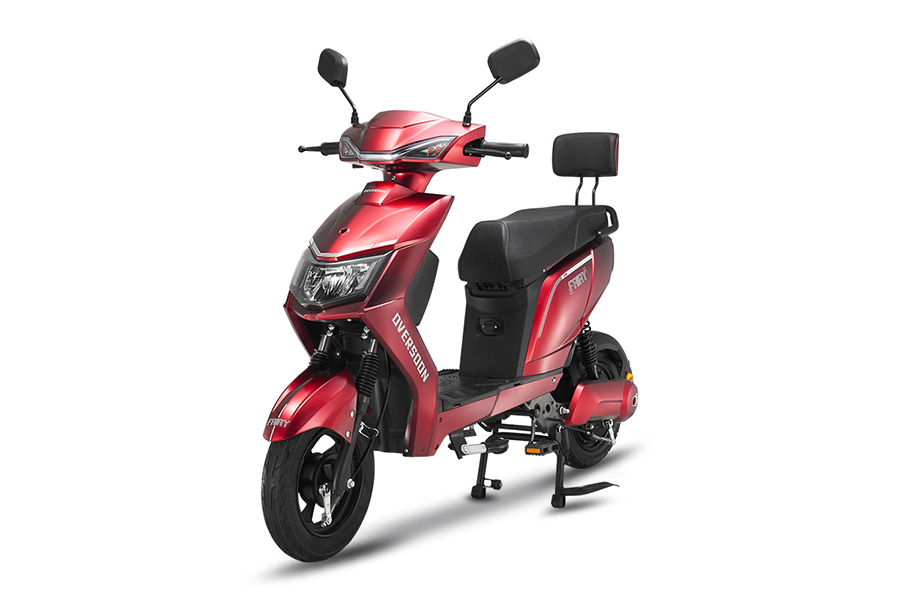
Chinese manufacturers, in particular, have dominated the global export of Electric Mopeds, leveraging mass production capabilities and cost efficiency. However, European and American companies are catching up by focusing on quality, safety, and design aesthetics that appeal to a broader consumer base.
The Shared Mobility Boom
A key driver in the adoption of Electric Mopeds is the shared mobility industry. Companies such as Revel, Bounce, and Yulu have rolled out thousands of shared mopeds in urban centers, enabling short-distance travel without the need for ownership. This business model is especially appealing to young professionals and students who prioritize convenience, affordability, and sustainability.
Shared Electric Mopeds services typically offer per-minute billing and are accessible via smartphone apps. They help decongest city roads by replacing car trips with compact, nimble two-wheelers. Furthermore, these platforms often rotate their fleet regularly, ensuring users access newer, well-maintained vehicles.
Challenges and Opportunities
Despite their many benefits, Electric Mopeds still face several challenges. Battery range anxiety remains a concern for potential buyers, especially those in sprawling urban or suburban areas. Although models now offer a range between 40–100 km per charge, limited charging infrastructure can hinder confidence.
Another hurdle is the regulatory environment. In some regions, Electric Mopeds fall into grey areas of legislation, with inconsistent requirements for licensing, helmets, and road use. Harmonizing these regulations globally could provide a clearer pathway for widespread adoption.
Nevertheless, these challenges are counterbalanced by immense opportunities. The rise of swappable battery systems, pioneered by companies like Gogoro, is revolutionizing the user experience. Riders can simply exchange depleted batteries for fully charged ones at kiosk stations, reducing downtime and eliminating the need for home charging.
Future Outlook
Industry analysts forecast that the global Electric Mopeds market will grow at a compound annual growth rate (CAGR) of 12–15% over the next five years. This growth is underpinned by technological innovation, supportive policies, and a shift in consumer values toward sustainability and smart living.
Several start-ups are entering the space with modular designs, subscription-based ownership models, and AI-powered ride optimization. Meanwhile, legacy automakers are exploring entry into the two-wheeler EV segment, recognizing the potential of Electric Mopeds to diversify their offerings and tap into urban mobility markets.
A Cultural Shift in Motion
Beyond infrastructure and policy, the rise of Electric Mopeds signals a broader cultural shift. Consumers, especially Millennials and Gen Z, are embracing lifestyle choices that blend environmental responsibility with personal convenience. The sleek, quiet ride of Electric Mopeds, paired with their low operating costs and futuristic appeal, makes them an icon of the modern urban commuter.
In cities plagued by smog and gridlock, Electric Mopeds are not just a trend—they are a solution. Their ability to merge efficiency, sustainability, and tech-savviness places them at the heart of the mobility revolution.

 English
English Español
Español